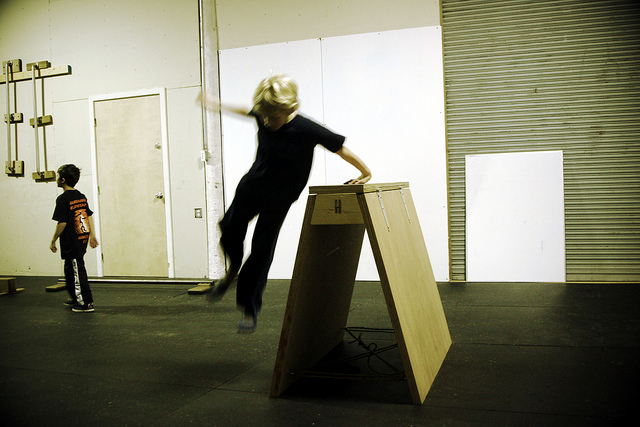When you work with others, you have expectations. Sometimes the connections on the great project tree seem damaged, dried up, brittle and fragmented. The project drags on. You have a deadline. How do you do your job? Questions open the door to deeper collaboration … or not This week, I wrote to a subject matter expert who was assigned as the main information…
Law 8. Collaboration is all about communication and shared goals
We are all familiar with collaboration that fails because of insufficient effort in one direction or another. Here is a a proposal that takes into consideration all the factors at play when a group of people collaborate. The formula I propose shows how to create collaborative success. Yes, there is probably a more complex or correct equation for what it takes to make…
Collaborative Writing Law 7. Model thy structure and content
Why do we try to reinvent the wheel? The world is full of examples of how information can be organized. Pick a content model. Any model! Well, you’re right. Not just any model will do. You want the one that fits your content best and helps your team manage the work. That’s why knowing the requirements and…
Collaborative Writing Law 6. When in doubt, check your assumptions
Assumptions create obstacles to free-flowing collaboration. If a project is not advancing as expected, there are probably some hidden assumptions to bring to light. Assumptions can affect anything from the writing mandate to the final output, and all the activity and people in between. The root of assumptions is expectations—something every project and everyone involved comes ready charged…
Your collaboration tools may be useless
State-of-the-art collaborative tools are about as useful as a box of hammers (see photo) if no one is clear on the aim of the project. It is misguided to think that your team has a good collaborative environment just because everyone shares the same database, or that a specific social media tool is all you need to get…
Is your organization losing its mind?
Your team is compiling hundreds of pages to support your organization’s product. It takes months, sometimes years. So you can expect the faces at the table to change over time. Writing in organizations takes planning. If the team members take all the expertise with them, the collaborative writing project could be affected. And the organization might feel…
Model 1 – The lone writer: A lose–lose situation
The lone writer model is more common in organizations than you might think. Whenever work is sent to a single person for execution, either to someone in the organization or to a freelance writer (often the same person each time, since that person knows the organization very well), the lone writer model is being put into action….
Which writing process does your organization follow?
There are three main types of writing models that can be used to produce documents in organizations: Model 1. The Lone Writer, where one person does most of the writing for the organization Model 2. The Writing Shop, where a bank of writing specialists produce documentation Model 3. The Collaborative Team, where various writers and subject matter…
Helping one another at different levels: A continuum of collaboration
When two or more people collaborate, they put their efforts together to achieve a goal that they hold in common. Their work can be carried out in different intensities of “togetherness.” Our awareness of the various types or levels of collaboration is very helpful. We can gauge our involvement in a project. Using the degree of involvement, we can then measure how we…
Law 3. Identify the writing mandate and agree on a process
When there is writing to be done, most people expect some magic to happen. The mystique surrounding the creative process is powerful. There is no magic, though. Setting words on the page is a process and having a plan is key. Very early on in the development process, your team must capture the expectations for the project….










